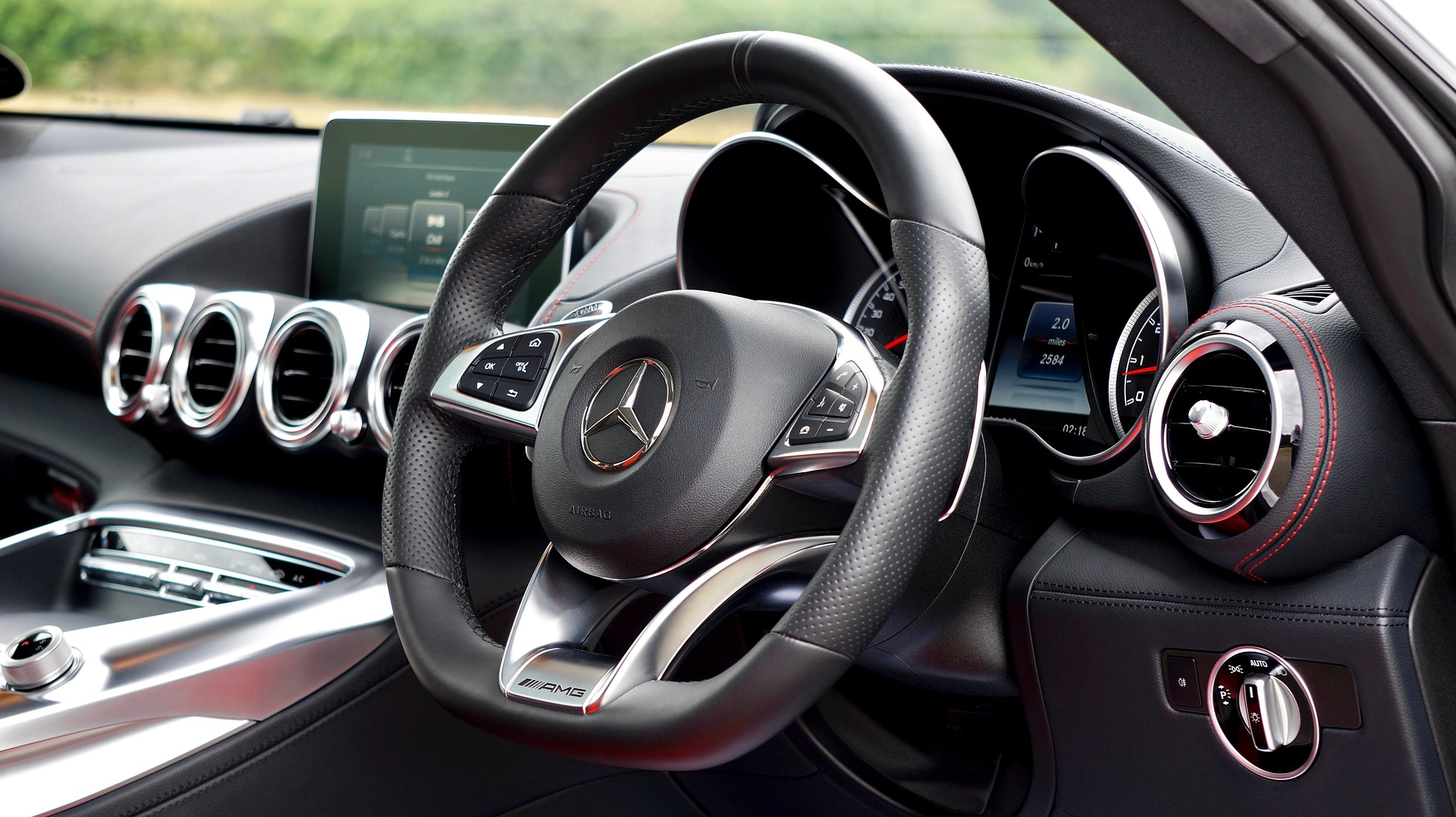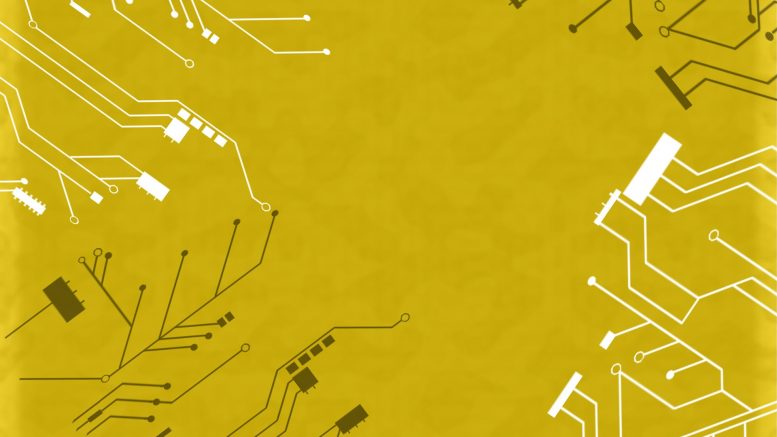The change of technology has left a mark on the 21st century. New and handy inventions appear and there is not a day that goes by that people are not fascinated about new technological creations. Saturn for example recently introduced “Paula”, a virtual reality avatar which is able to show you around the shop, in case you need any help finding a specific product. Via Microsoft’s “HoloLens”, there is no problem seeing Paula and talking to her and that way getting a whole new shopping experience within stationary trade.
Thinking of the past, people might have never thought of the possibilities we have these days. Back in the late 20th century, many people saw science fiction movies just like „Star Trek Enterprise”. The actors in the movies talked to computers and even gave orders which they carried out. However, science and technology in the 80s or 90s were not even close to the movies – conversations with computers were only an idea in people’s minds, not reality. But through the years, they have improved and these days, technologies such as digital assistants make our lives much more comfortable and easier. While there have always been new developments, these days, new products come up and disappear in an instant. Consequently, the market becomes more competitive. While some industries understand how to use new technologies in order to invent innovative products and processes, other industries such as the publishing industry stay behind, even though they had the possibility of using technologies for their own interests.
Digital Assistants – a new and handy technology
“A digital assistant […] is an application program that can understand natural language and complete electronic tasks for the end user” (whatis.techtarget.com). Such tasks could either be that your digital assistant is placing calls when requested or reminding the end user about appointments. Reading text messages aloud, taking dictation or navigating to a specific address, there are many possibilities to use digital assistants. Due to voice recognition technology, it is even possible to communicate and soon it might even be imaginable to have whole conversations with your digital assistant. A few years ago, it might have been considered strange to talk to your mobile phone but these days it is common to ask your smartphone how the weather will be or to lead your way back home.
The breakthrough of digital assistance was the implementation of digital assistants in cars and the release of the iPhone 4S back in 2011, when Apples “Siri” became the first “real” intelligent digital assistant. Many companies have developed digital assistants so far and due to artificial intelligence and machine learning, those gadgets develop and learn from data input in order to predict the end user’s needs. But there are not only smartphones using this technology: These days, digital assistance is found in many gadgets such as navigation systems and home speaker such as “Amazon Echo” or “Google Home” and used in industries like the car industry or smart home.
Digital Assistance in the car industry

The car industry is one of the forerunners for digital assistance. Cars, which were produced in the past few years, are so well equipped that drivers most of the time do not even know half of the technology used. Digital systems have been implemented into cars a long time before other industries had even recognized the benefits of digital assistance. In addition to well-known technologies such as the anti-blocking system or the park assistant, there are also others who support us while driving. One of the first “life savers” was the “Electronic Stability Program” (ESP): Many sensors in the car detect dangerous situations of over- and understeering and brake the corresponding wheel to stabilize the car and so the sliding in turns would be avoided. Nowadays, many cars are also able to read traffic signs, recognize when you are tired, control the gap between cars or help to switch lanes safely.
The car industry has developed and is using technology to make a driver’s ride safer and more comfortable and is planning to improve even more: One vision is to connect every car in order to communicate with each other. That way, accidents and even traffic jams could be avoided more easily. Another step forward is the integration of digital assistants such as Amazon’s Alexa or the Google Home Assistant in cars. Like that, it is possible to control your smart home from the car to for example turn the heater on even before coming home.
Smart Home – Control everything in your home with apps and your voice

“A smart home […] is equipped with special structured wiring to enable occupants to remotely control or program an array of automated home electronic devices by entering a single command” (whatis.techtarget.com). Using Apps or devices such as Amazon´s Alexa commands can either be entered manual or via speech and that way, a homeowner for example can run a bath with hot water while being on his way back home from work.
The smart home segment is becoming more popular and nearly everyone is talking about Amazon Echo, Google Home or other assistants. One of the main reasons is the improving and increasing usage of voice recognition and the intelligence of the digital assistants. The “Internet of Things” is becoming more and more realistic – the connection of domestic appliances and other things with internet and apps is increasing very fast. Today, it is possible to get a smart home for lower costs than years before and to control nearly your whole home with many devices which are more intelligent and easier to use than ever before. And there is no ending of the rising of the smart home segment in sight: More and more companies will improve their devices and technology to keep up with the competition, the smart home will become cheaper and the digital assistants are going to be smarter than we can imagine.
Possibilities for the publishing industry
While some publishing houses still struggle with digital publishing and online payment models, other industries such as the car industry are more known for being innovative and progressive. Due to digitalisation, the competition on the market has become more intense and companies, especially media companies, have to fight for people’s attention. The main aim of a company should be to get to know the targets media usage situation to be able to produce products the target group needs and wants instead of producing products and services the same way as they have ever had.
Looking at the market and the technical possibilities, publishing houses have never had such an incredible chance to come up with innovative ideas by adapting principles from other fields, but first they have to learn to not be so restricted in their own thinking anymore. The car industry for example offers many chances to entertain people while driving such as local based services. Due to navigation systems, it is possible to locate cars and therefore offer location based information such as news, historical information about the area or the surrounding sights. Digital avatars could be used to project scenes out of books the user is currently reading to produce his own little movie. Due to modern computer technologies, audio books to movies and series could be read by the main characters such as navigation systems and answering machines sometimes do.
Meanwhile, we have technologies which make ideas possible we had never thought of before, so why should it not be used? Content will always be part of our society, so the question should be how it is going to be produced, published and monetized.
by Manuel Gottwald, Mona Jörg, Vanessa Schwab, Patricia Wassermann
Image source: www.pixabay.de
Sources:
https://www.apple.com/de/newsroom/2011/10/04Apple-Launches-iPhone-4S-iOS-5-iCloud/
http://www.zeit.de/mobilitaet/2016-08/assistenzsysteme-uebersicht-autokauf

